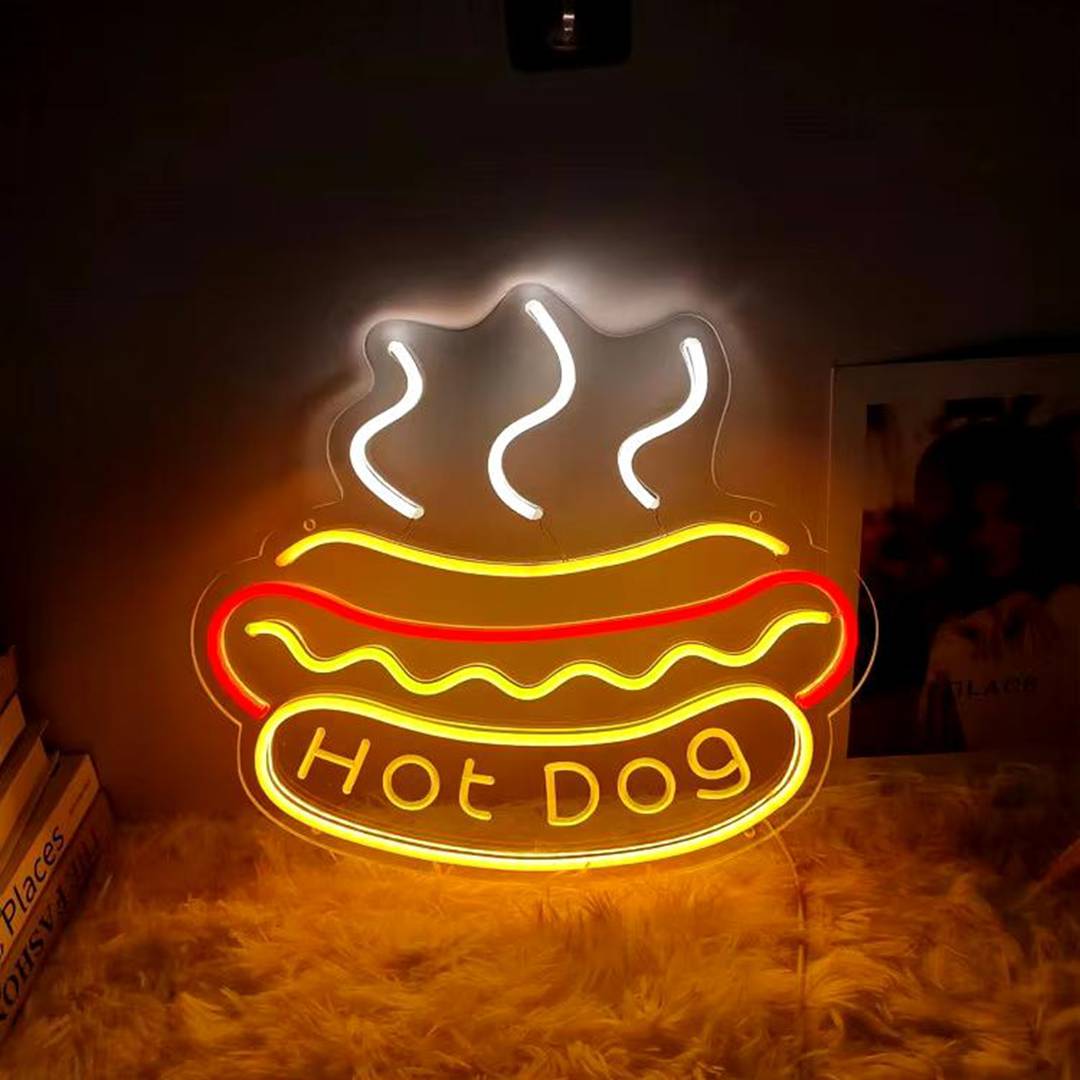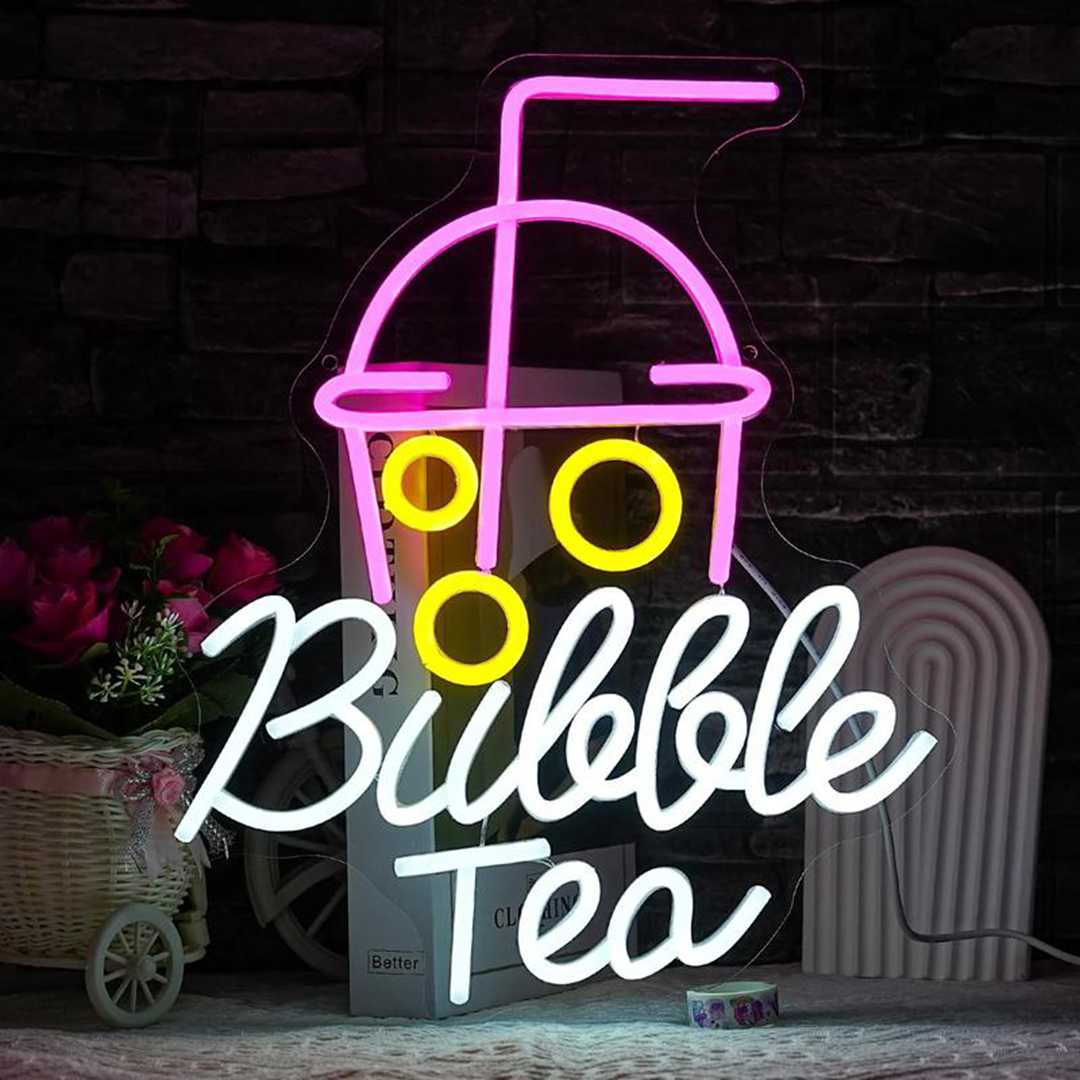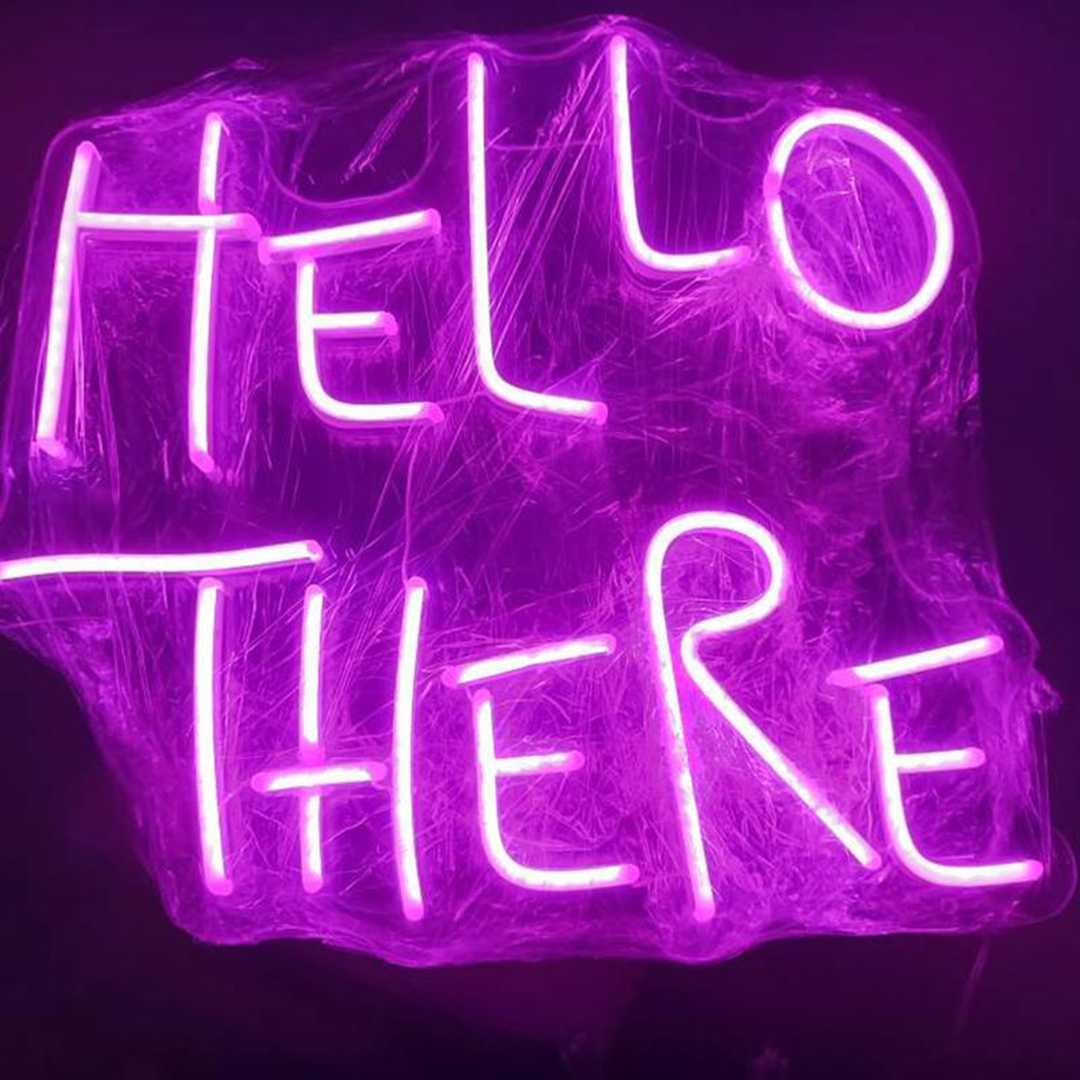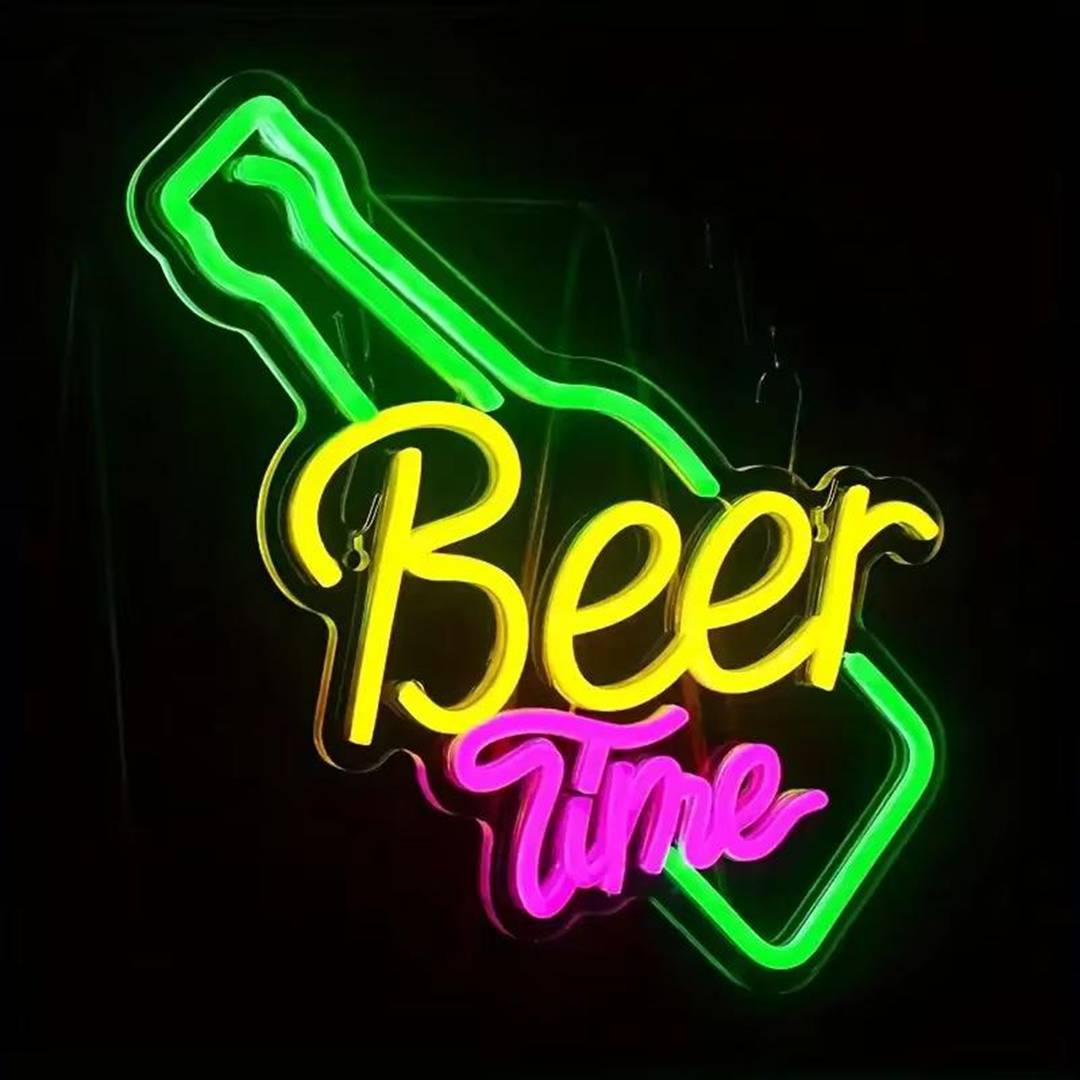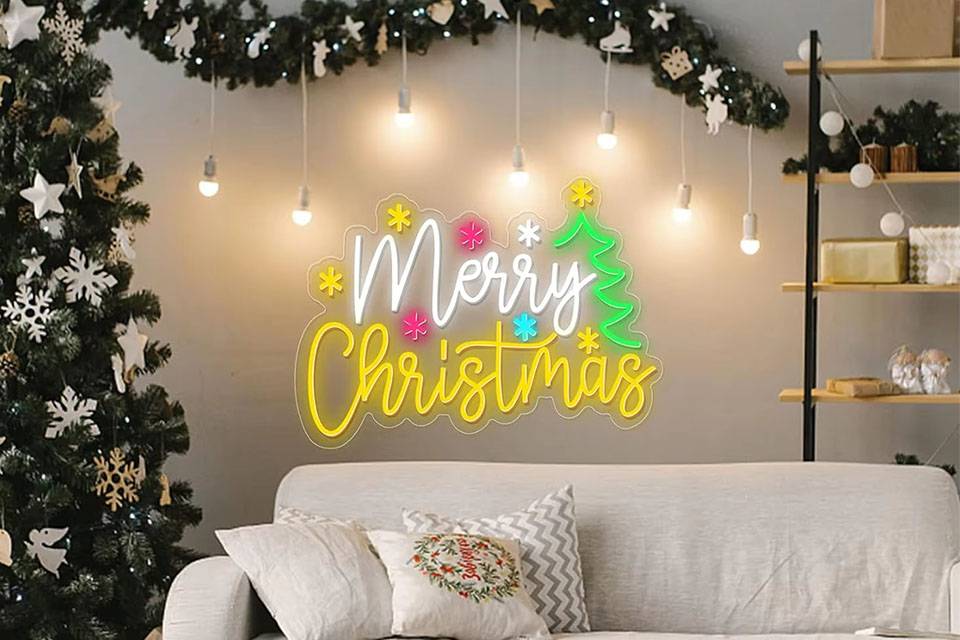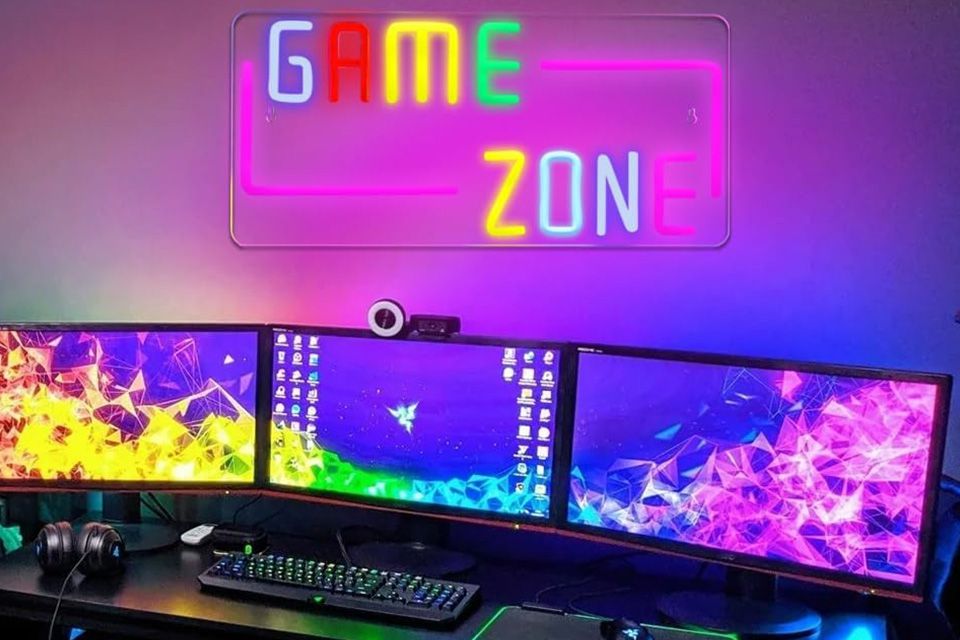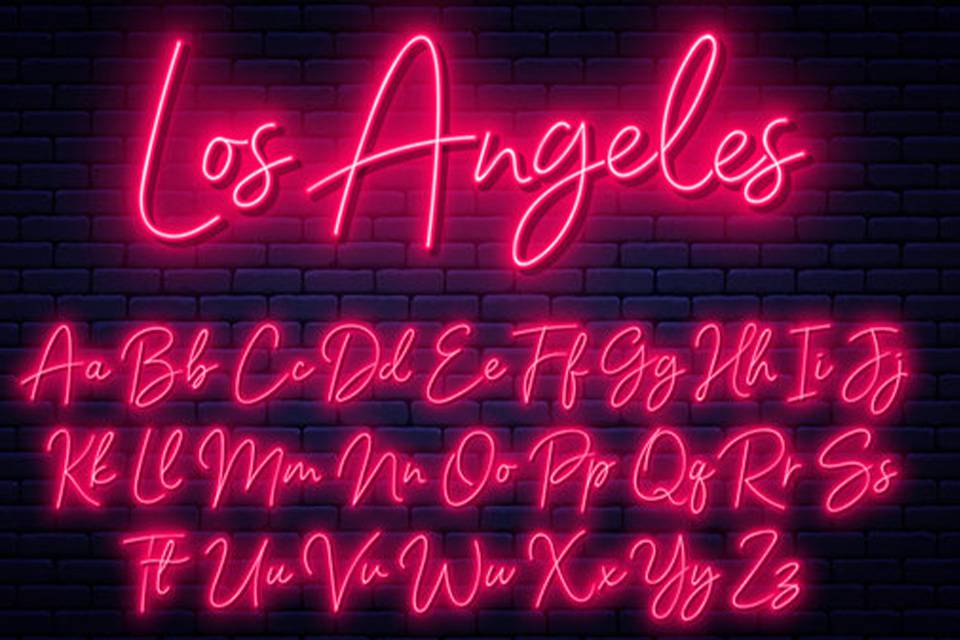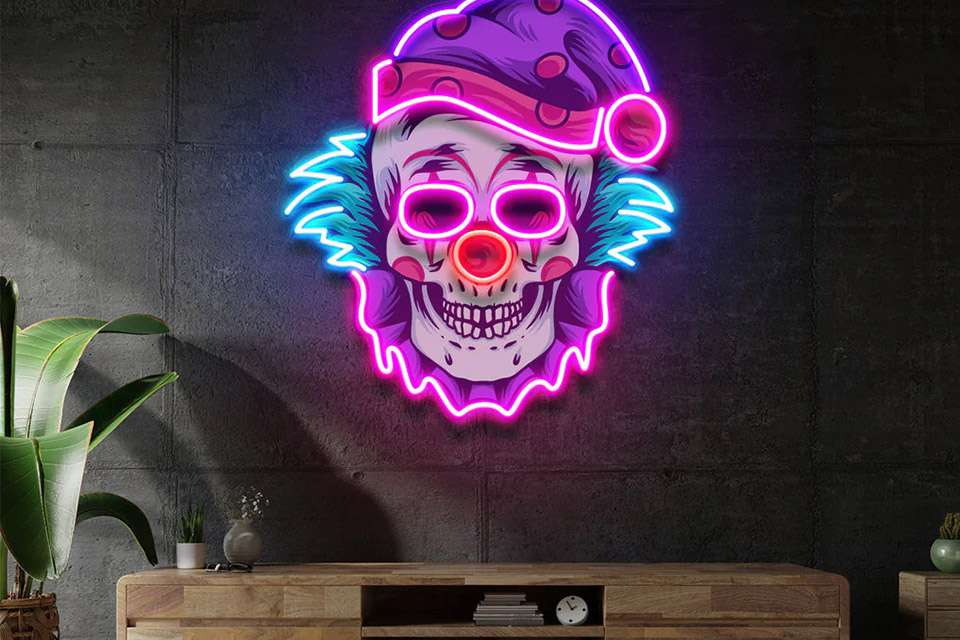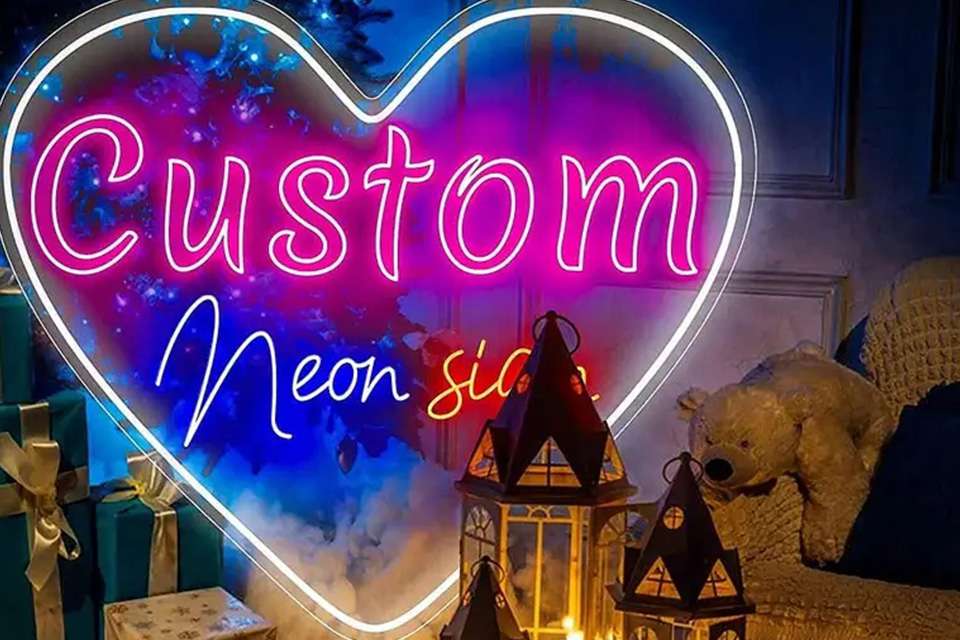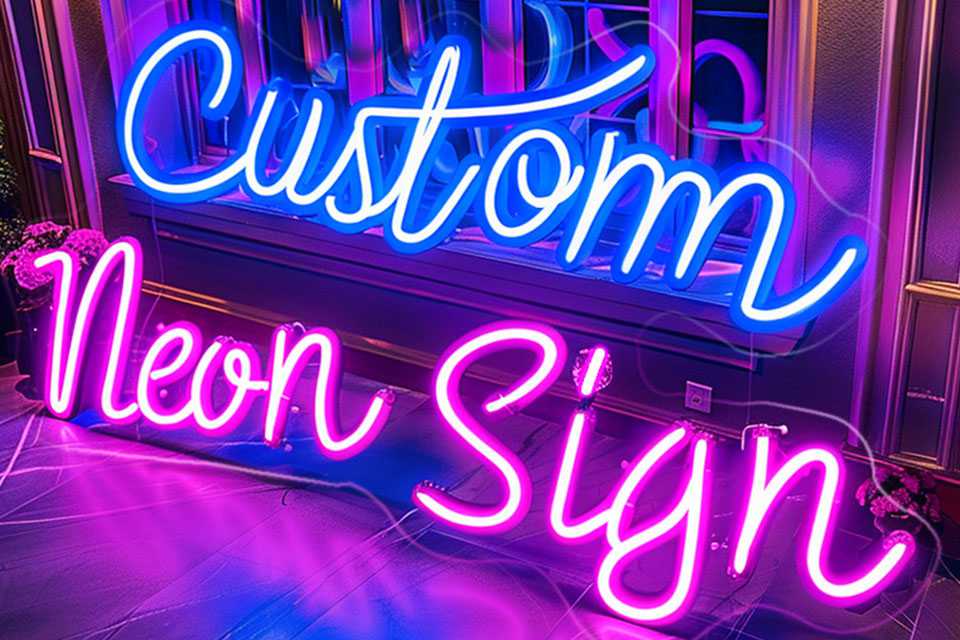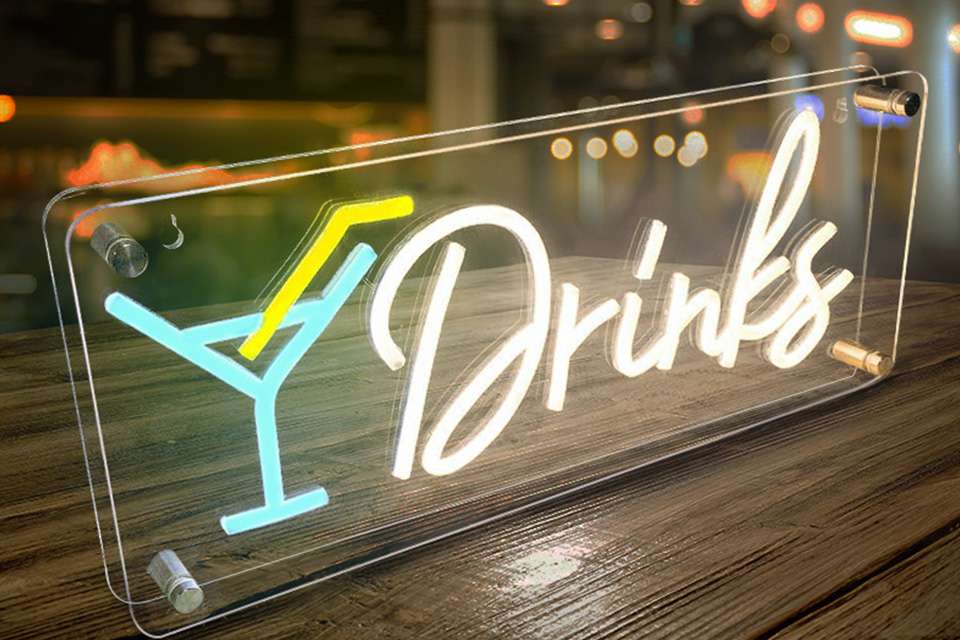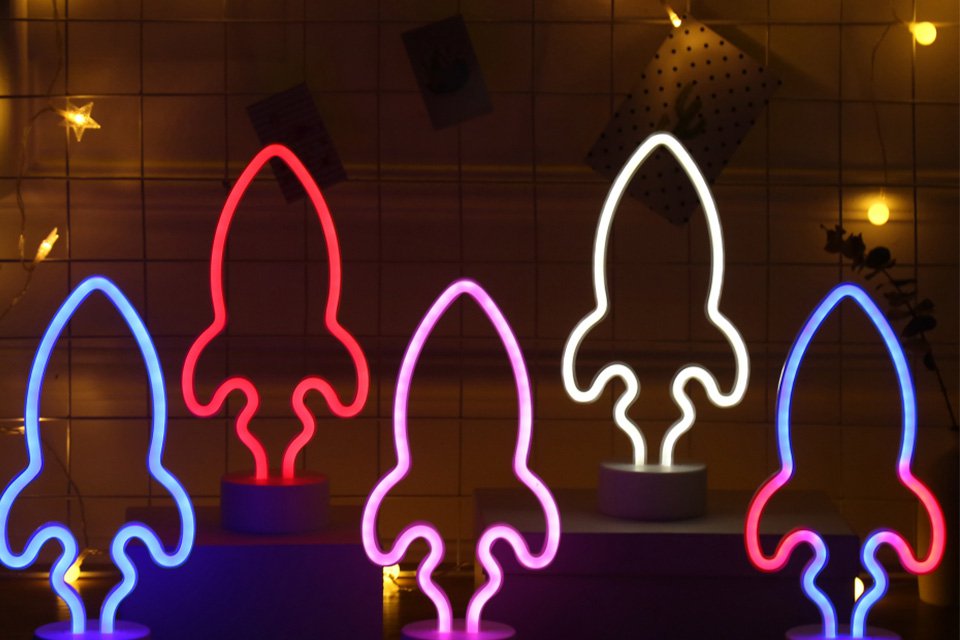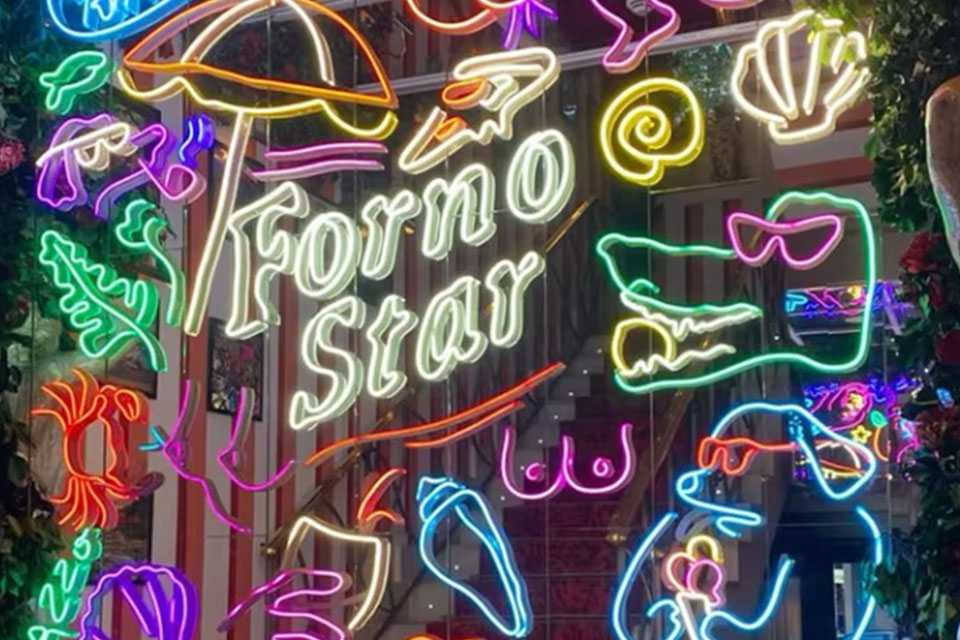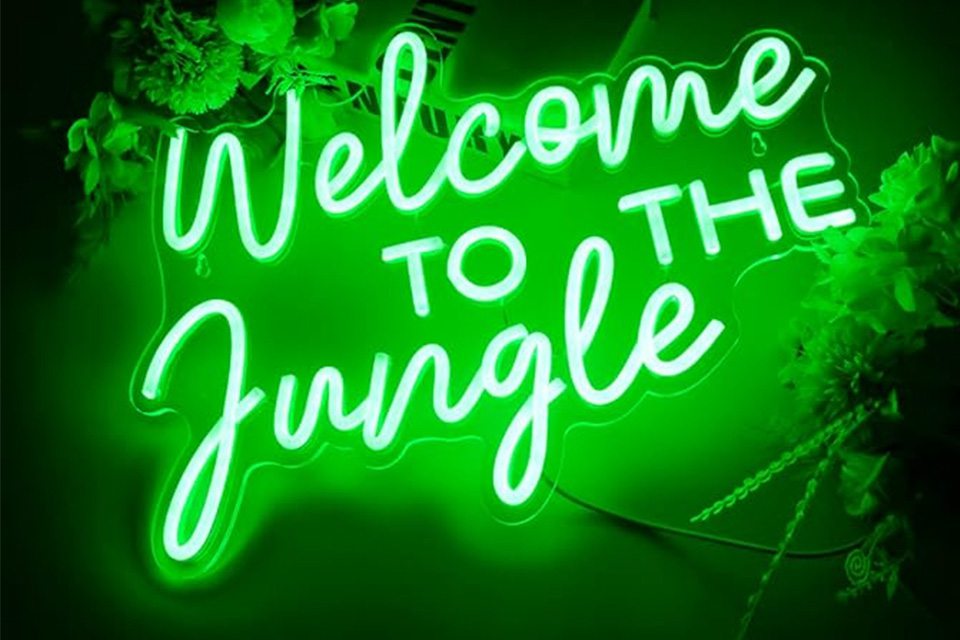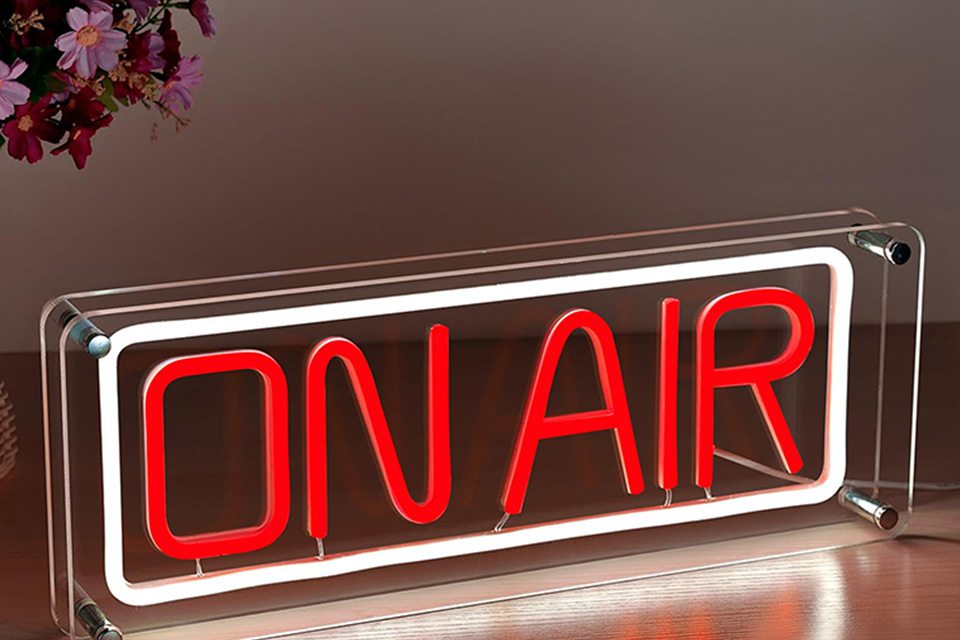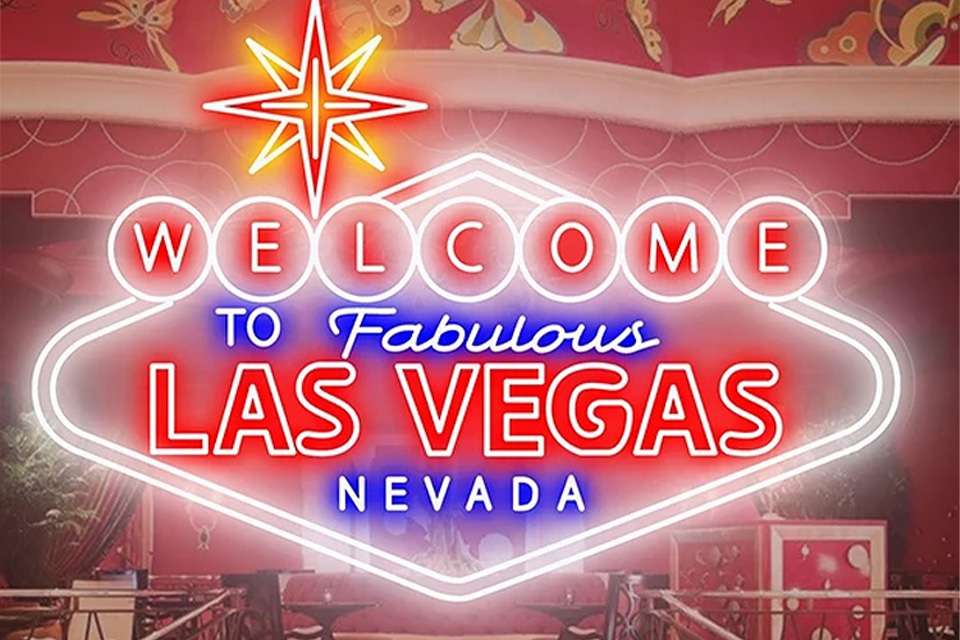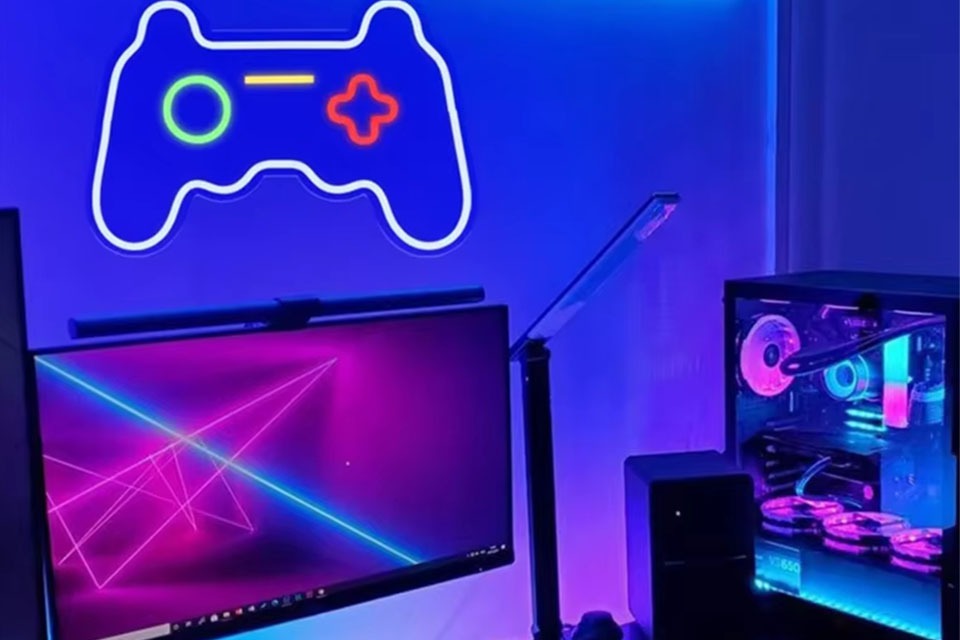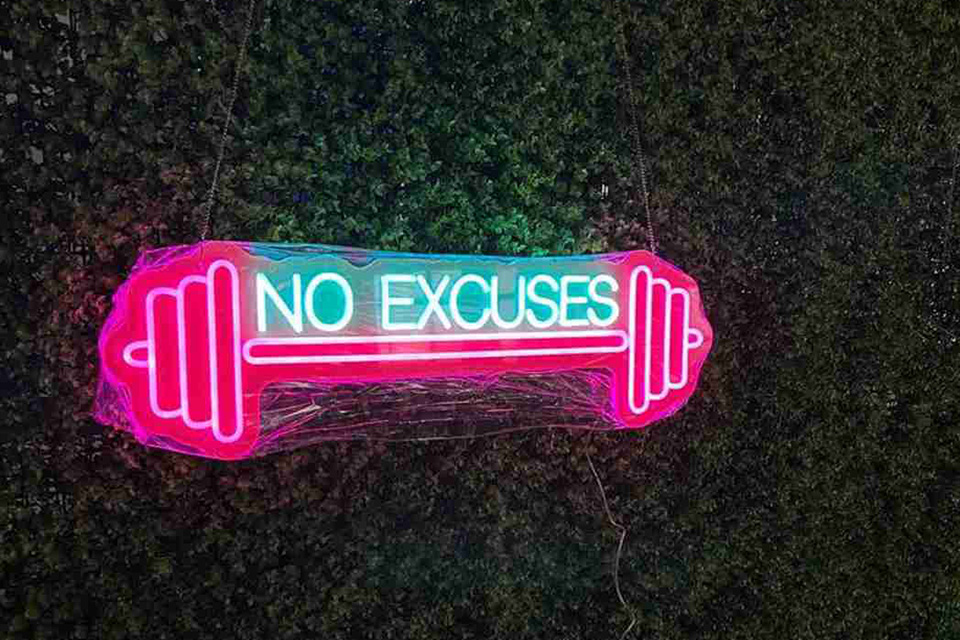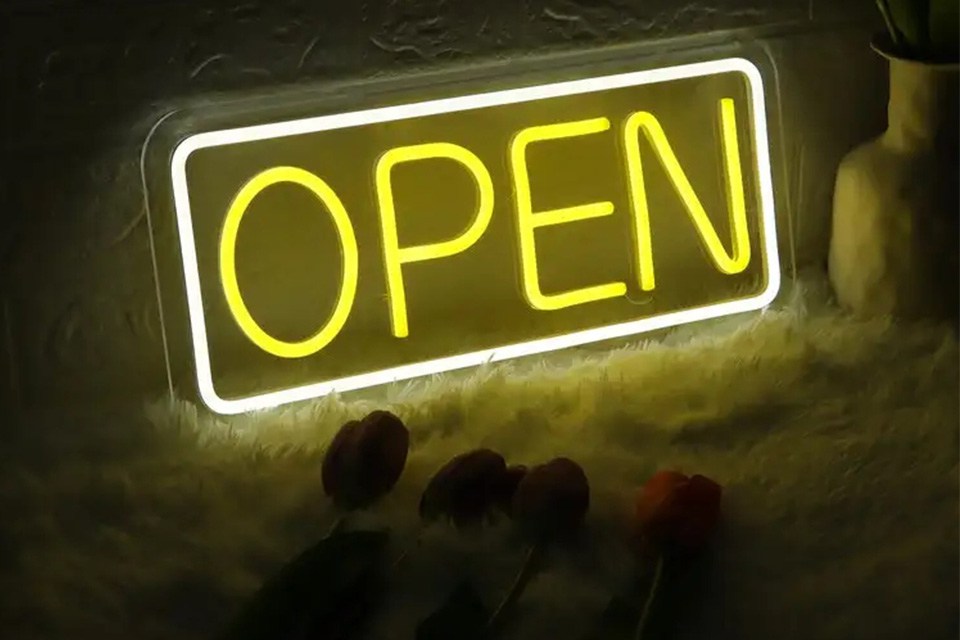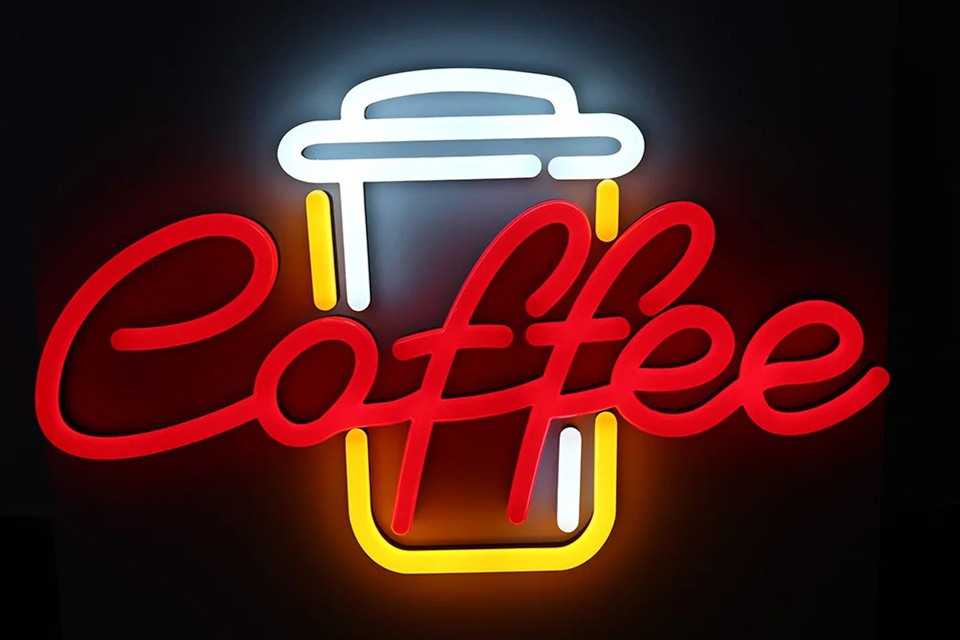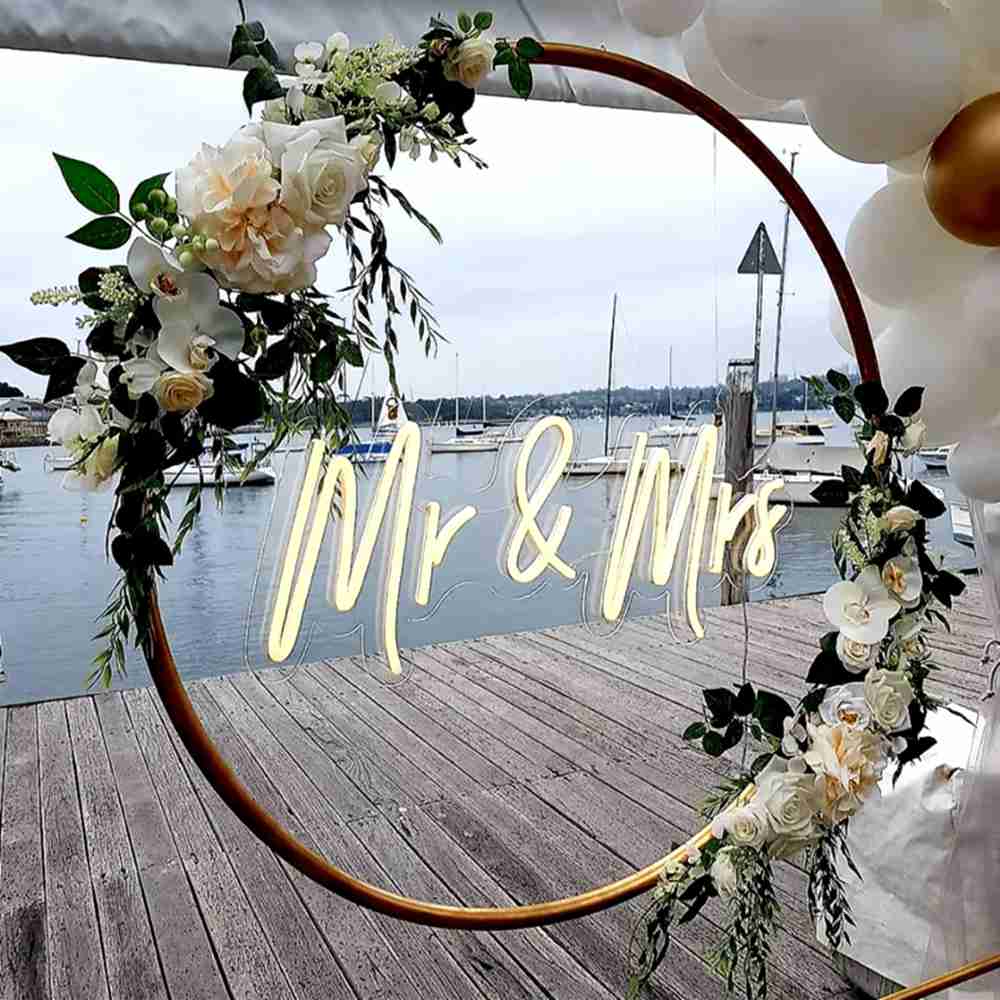
Insegne al neon: Funzionano con il freddo?
Indice dei contenuti
This blog post dives into how cold weather affects insegne al neon, exploring their performance, durability, and limitations under chilly conditions. Understanding how weather conditions impact segnaletica come insegne al neon is crucial for anyone considering their use, especially in regions experiencing low temperatures. This article is a must-read because it answers common questions and provides valuable insights into maintaining insegne al neon‘ functionality and appearance in the cold weather, making it an essential resource for business owners and insegna al neon enthusiasts alike. And it’s all presented in a simple, easily digestible way, making it perfect for anyone to understand.
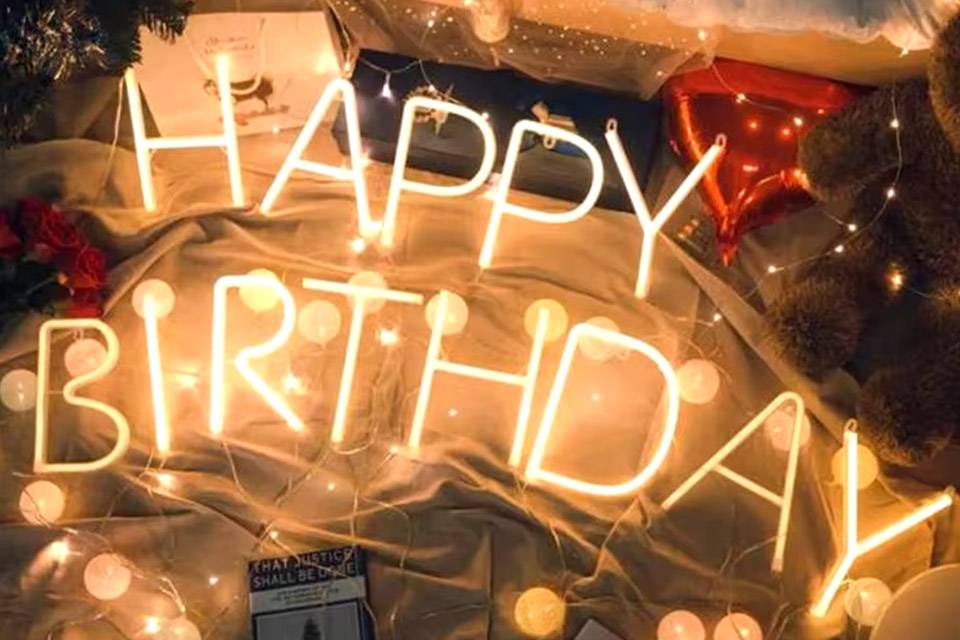
1. Can Cold Weather Affect Neon Signs?
Cold weather can indeed affect insegne al neon, impacting their brightness and overall performance. Insegne al neon are filled with gas, come ad esempio neon e argon, which emettere light when an electric current passes through them. When the temperature drops, il gas all'interno del neon tube can contract, which may cause the sign to appear dim o flicker. This effect is more pronounced in extremely cold conditions.
However, it’s important to note that insegne al neon are designed to operate within a range of temperatures. While extreme cold weather can temporarily affect their performance, they typically return to normal operation once the temperature rises. Business owners often use insegne al neon to attract customers, and understanding how cold weather affect neon signs helps ensure they remain effective year-round. Proper installation and maintenance can mitigate the effects of cold weather and keep your insegna al neon che risplende di luce intensa.
2. How Do Neon Signs Work in Cold Weather?
Neon signs work by ionizing the gas all'interno di un tubo di vetro with electricity, causing it to glow. In cold weather, il gas molecules all'interno del insegna al neon move slower, which can affect the del segno initial brightness. When it gets cold enough, a insegna al neon might take longer to reach its full brightness, or it might appear dim at first. This is because the cold temperatures reduce the kinetic energy of the gas, making it harder for the electrical current to ionize the gas efficiently.
Insegne al neon can be used outside, even in cold environments. Il neon e argon gas mixture used in many signs helps them withstand cold temperatures better than pure neon. Mentre neon signs may appear dimmer initially, they often warm up and regain their brightness as they continue to operate. The operation of insegne al neon depends on gas used, and also the type of sign. The glass neon sign is more prone to low temperatures than modern LED signs. Signs in cold weather may require a bit more patience, but with proper care, they can still be a vibrant and eye-catching addition to any business front.
3. Can Neon Signs Get Wet in Cold Weather?
Insegne al neon può get wet in cold weather, but it’s essential to ensure they are adequately protected to prevent damage. Moisture can seep into the electrical components of a insegna al neon, potentially causing short circuits or other malfunctions. When using insegne al neon outdoors, especially in cold weather conditions, it’s crucial to use waterproof housing and sealants to prevent moisture infiltration. Insegne al neon personalizzate designed for outdoor use often come with built-in weather resistance features.
Mentre luci al neon può withstand cold weather to some extent, prolonged exposure to moisture can be detrimental. Signs get damaged when water enters the neon tube or interferes with the power source. To ensure the longevity and optimal performance of your insegna al neon, especially in harsh weather, invest in protective measures such as waterproof casings and regular inspections. Proper maintenance will help your insegne al neon perform well, even when they get wet in cold weather.
4. What Are the Different Types of Neon Signs?
There are primarily two types of neon signs: traditional glass insegne al neon e moderno Neon a LED signs. Traditional insegne al neon use glass tubes filled with gas neon or a mixture of neon and argon to produce light. These signs are known for their distinctive, vibrant glow and have been a popular choice for business signs for decades. Neon di vetro signs are handcrafted, allowing for intricate and neon personalizzato designs that many find appealing.
Neon a LED signs, on the other hand, use light-emitting diodes (LEDs) encased in a flexible silicone jacket to mimic the look of traditional neon. Insegne a LED are more energy-efficient, durable, and versatile than their glass counterparts. They can withstand a wider range of temperatures and are less prone to breakage. Insegne al neon personalizzate made with LEDs offer greater flexibility in design and color options. Understanding the differences between these types of neon signs can help you choose the best option for your needs, especially when considering cold weather conditions.
| Caratteristica | Glass Neon Signs | Insegne al neon a LED |
|---|---|---|
| Materiale | Glass tubes filled with neon or argon gas | LEDs encased in flexible silicone jacket |
| Efficienza energetica | Più basso | Più alto |
| Durata | Fragile, soggetto a rotture | More durable, less prone to breakage |
| Luminosità | High, vibrant glow | High, can be adjusted |
| Opzioni di colore | Limited by gas type | Wide range of colors, easily customizable |
| Weather Resistance | Moderate, requires protection from moisture | High, better suited for outdoor use and extreme conditions |
| Manutenzione | Higher, requires careful handling and regular checks | Lower, longer lifespan, less frequent maintenance |
| Costo | Generally higher due to handcrafted nature | Generally lower, especially in the long run |
| Durata della vita | Shorter, typically 8-12 years | Longer, typically 15+ years |
| Temperature Range | Narrower | Wider, more adaptable to temperature fluctuations |

5. How to Maintain the Performance of Neon Lights in Cold Weather?
Maintaining the performance of neon lights in cold weather involves several key steps. First, ensure that your insegna al neon is properly installed and protected from the elements. Using waterproof housing and sealants can prevent moisture from damaging the electrical components. Regular inspections are crucial to identify and address any potential issues early on, such as loose connections or signs of wear.
Additionally, consider the placement of your insegna al neon. Avoid areas where the sign might be exposed to rapid temperature fluctuations, such as near an air vent or in direct sunlight after being in the cold. Keeping the area around the sign clear to promote proper airflow can also help maintain its operating temperature. Proper care and maintenance will ensure your luce al neon continues to shine brightly and effectively, even in cold weather conditions.
6. How Can LED Signs Be a Solution in Cold Weather Conditions?
Insegne a LED offer a robust solution for cold weather conditions, outperforming traditional insegne al neon in several ways. Neon a LED signs are designed to withstand cold weather, operating efficiently even in extremely cold temperatures. Their solid-state construction makes them more resistant to temperature fluctuations and less susceptible to the dimming effect that can affect neon in vetro signs. Additionally, Insegne a LED consume less energy, making them a cost-effective option for businesses.
Insegne al neon personalizzate made with LEDs provide greater versatility in design and color, allowing for eye-catching displays that remain vibrant even in harsh weather. Insegne a LED are also more durable, reducing the risk of damage from physical impacts or vibrations. For businesses looking to maintain visibility and attract customers year-round, investing in Insegne a LED can be a smart choice. Their ability to withstand cold weather conditions ensures your segnaletica remains bright and effective, no matter the temperature.
7. What are Common Misconceptions About Neon Signs in Cold Weather?
One common misconception is that insegne al neon cannot be used in cold weather. While it’s true that cold temperatures can affect their initial brightness, insegne al neon are designed to operate within a certain temperature range. With proper installation and maintenance, neon signs can be used effectively in cold environments. Another misconception is that signs get damaged easily in cold weather. While extreme conditions can pose challenges, using protective measures like waterproof housing can significantly enhance their durability.
Some people believe that insegne al neon are not energy-efficient. However, modern insegne al neon, in particolare Neon a LED variants, are quite energy-efficient. They consume less power than older models and offer long-lasting performance. Additionally, there’s a myth that insegne al neon are high-maintenance. While regular checks are necessary, advancements in technology and materials have made insegne al neon more resilient and easier to care for, even in cold weather conditions.
8. How to Choose the Right Neon Sign for Cold Weather?
Scegliere il giusto insegna al neon per cold weather involves considering several factors to ensure optimal performance and longevity. First, assess the weather resistance of the sign. Neon a LED segni are generally better suited for cold weather due to their ability to withstand cold temperatures and resist rapid temperature fluctuations. Look for signs specifically designed for outdoor use and those made with durable materials that can handle harsh weather.
Considerate il progettazione di insegne and its intended location. Insegne al neon personalizzate should be crafted with high-quality components to ensure they remain vibrant and functional in cold conditions. It’s also important to ensure the power source and electrical components are adequately protected from moisture and cold. Consulting with a reputable insegna al neon provider can help you make an informed decision, ensuring your segnaletica is both eye-catching and resilient in cold weather.
9. What is the Impact of Temperature Fluctuations on Neon Signs?
Temperature fluctuations, in particolare rapid temperature fluctuations, can significantly impact insegne al neon. When a insegna al neon experiences sudden changes in temperature, the gas all'interno del tubo di vetro can expand or contract quickly. This can cause the sign to flicker or appear dim as the gas takes time to stabilize. Extreme temperature changes can also stress the glass and electrical components, potentially leading to damage or reduced lifespan.
Neon a LED signs are less affected by temperature fluctuations compared to traditional glass insegne al neon. Their solid-state design and use of LEDs instead of gas make them more stable across a wider temperature range. To mitigate the impact of temperature fluctuations on neon in vetro signs, it’s important to install them in locations where they are not exposed to drastic temperature shifts. Proper insulation and protective housing can also help maintain a more stable indoor environment for the sign, ensuring consistent performance.
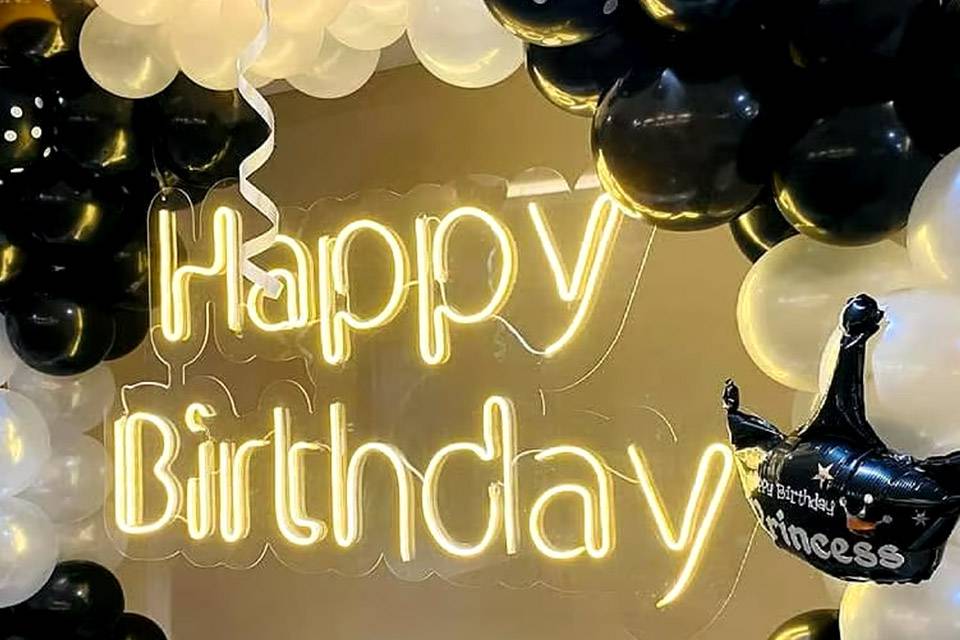
10. Frequently Asked Questions About Neon Signs in Cold Weather Conditions
Frequently asked questions about neon signs in cold weather conditions often revolve around their durability, performance, and maintenance. One common question is whether neon signs can withstand cold weather. The answer is yes, but with caveats. While insegne al neon can operate in cold temperatures, their brightness may be initially affected. Using insegne al neon designed for a specific temperature range and providing proper protection can help them perform optimally.
Another frequent query is about the impact of moisture on insegne al neon in cold environments. Moisture can indeed be detrimental, potentially causing electrical issues or damage. It is important to ensure that outdoor insegne al neon are adequately sealed and protected from the elements. Signs that use protective casings and waterproof materials are better equipped to handle cold weather conditions. Additionally, people often ask how to maintain insegne al neon in cold climates. Regular inspections, proper installation, and using durable materials are key to ensuring the longevity and optimal performance di neon lights in cold weather.
Here are the top 10 things to remember about insegne al neon e cold weather:
- Cold weather can affect the initial brightness of insegne al neon.
- Insegne al neon utilizzo neon e gas argon that can contract in cold, causing dimming.
- Neon a LED signs are more resilient to cold weather than glass insegne al neon.
- Moisture can damage insegne al neon, so proper sealing and protection are crucial.
- Temperature fluctuations can stress insegne al neon, especially glass ones.
- Insegne al neon personalizzate for cold climates should be made with durable, weather-resistant materials.
- Regular maintenance and inspections are essential for insegne al neon in cold weather.
- Insegne a LED offer better energy efficiency and durability in cold conditions.
- Proper installation, including protective housing, helps mitigate cold weather effects.
- Understanding the differences between neon e LED signs helps in choosing the right option for your needs.




